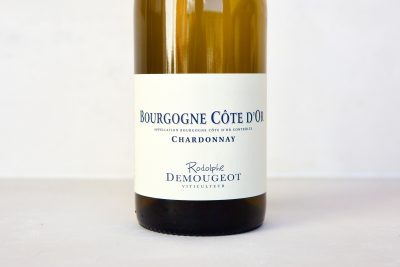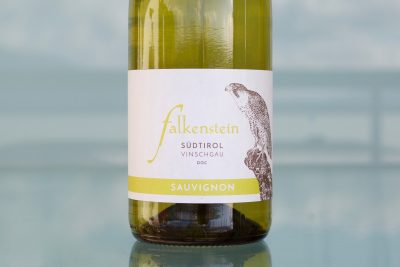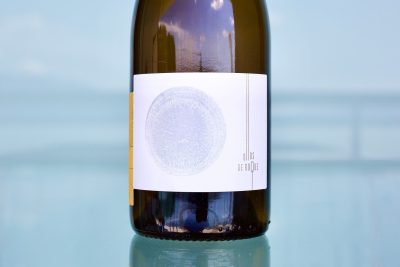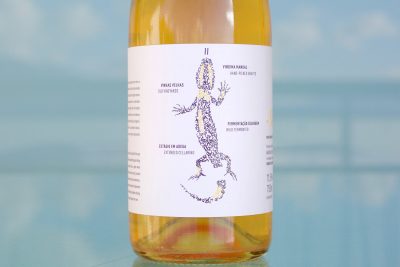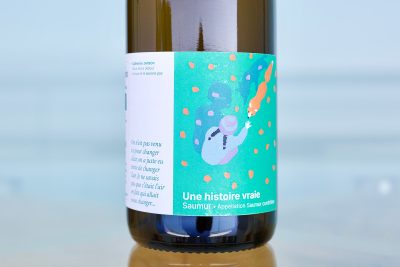Weingut Emmerich Knoll - 2012 Grüner Veltliner, Loibenberg, Reserve Magnum
Price: $338.00
Size: 1500ml
Availability:
Out of stock
Type of Wine: White
Grape(s): Grüner Veltliner
Style: Mineral, Medium Body
Please note that shipping cost for Magnums is double the price than a regular bottle.







